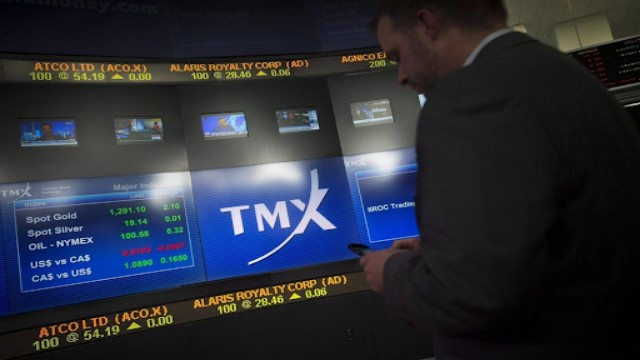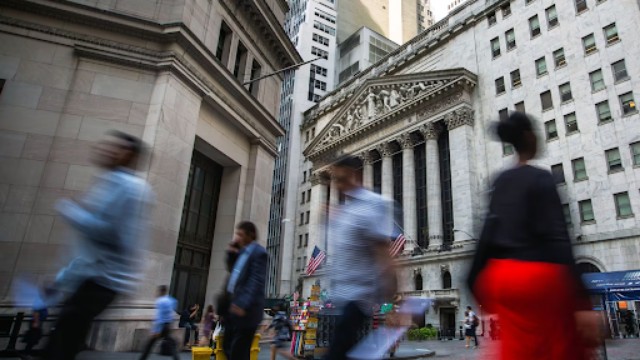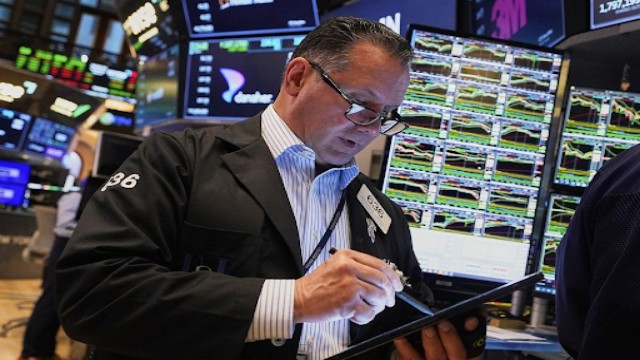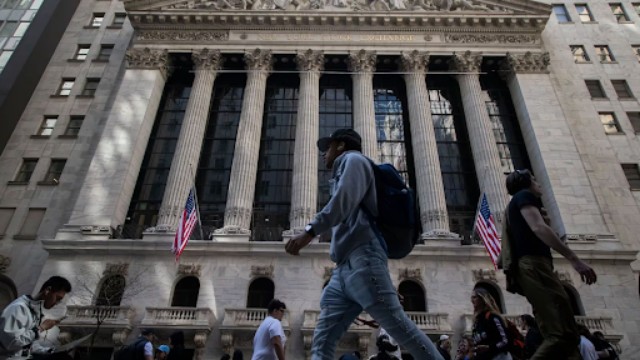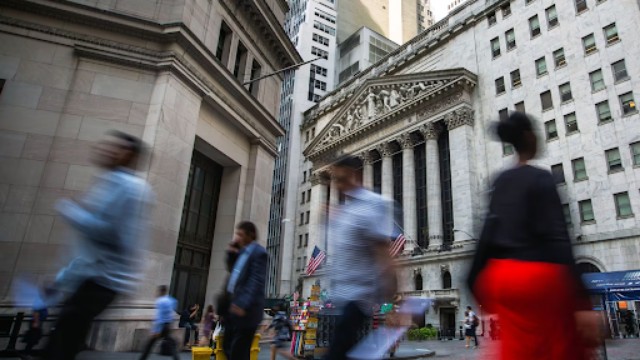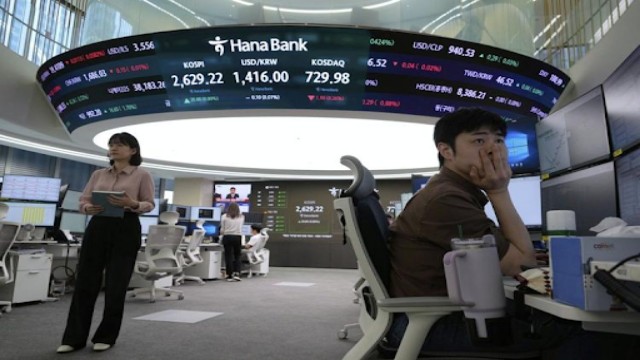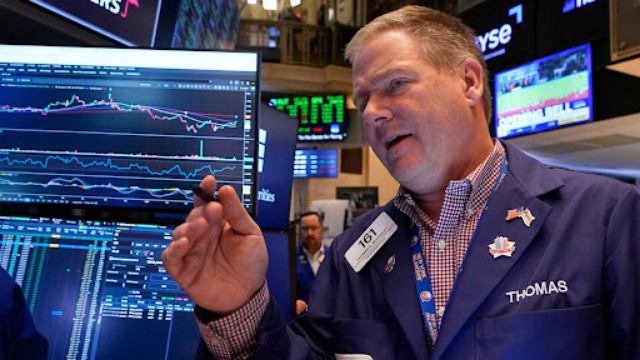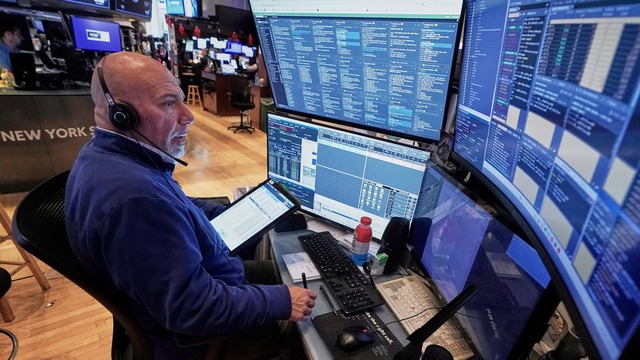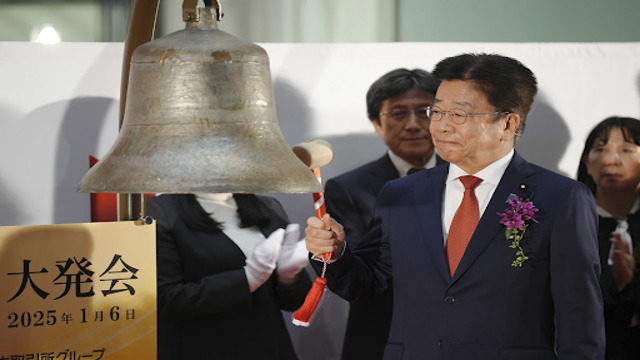
japans finance minister. AP Photo.
Asian stock markets showed a mixed performance after Wall Street ended its post-holiday lull, with declines observed in Tokyo and China.
As trading resumed in Tokyo following Japan's long New Year holiday, Finance Minister Katsunobu Kato expressed optimism about the country’s economic outlook. He highlighted the government's focus on boosting economic growth through wage increases and investment, ensuring that the positive changes would be felt by every citizen. Kato’s remarks aimed to kickstart 2025 with a hopeful outlook for Japan’s recovery.
However, caution looms over potential changes under President-elect Donald Trump, particularly his proposed tariff increases on imports from China and other countries. These policies could dampen growth prospects in a region heavily reliant on international trade.
Shares of Nippon Steel saw a 0.7% decline in Tokyo after the U.S. government blocked its nearly $15 billion bid to acquire U.S. Steel Corp. U.S. Steel’s stock also fell, dropping 6.5% on Friday.
Tokyo’s Nikkei 225 index fell by 1.6%, closing at 39,258.25, while Hong Kong’s Hang Seng dropped 0.5% to 19,654.82. The Shanghai Composite index also slid 0.5% to 3,194.20. Despite this, market sentiment remained somewhat positive in other parts of Asia. A report showing China's services economy grew at its fastest pace in seven months in December did little to sway markets, though export businesses saw a decline according to a private sector survey. The services index rose to 52.2, surpassing the 50-point threshold that indicates growth.
Elsewhere in Asia, Australian stocks rose slightly, with the S&P/ASX 200 gaining 0.1% to 8,257.40, while Taiwan’s Taiex surged by 2.8%. In South Korea, the Kospi jumped 1.8% to 2,485.31, driven by a 9% rise in shares of chipmaker SK Hynix and a 2.9% increase in Samsung Electronics.
Political tensions in South Korea added to the mix, as the country’s anti-corruption agency requested police assistance in detaining impeached President Yoon Suk Yeol after a failed attempt to take him into custody last week.
In the U.S., stock indices showed a more positive trend. On Friday, the S&P 500 gained 1.3%, closing at 5,942.47, marking its first rise since Christmas. Big Tech stocks played a significant role in lifting the index, which helped it break a five-day losing streak. The Dow Jones Industrial Average increased by 0.8% to 42,732.13, while the Nasdaq Composite jumped 1.8% to 19,621.68.
Despite the solid performance of the U.S. economy and job market, uncertainties remain. The S&P 500 set over 50 record highs last year, largely fueled by expectations that the Federal Reserve would continue cutting interest rates throughout 2025. However, traders are now moderating their expectations for future rate cuts, with inflation proving stubborn despite the Fed's efforts. There is growing concern that Trump's potential tariffs could drive inflation upward, while some analysts argue that U.S. stock prices have become overvalued after significant gains outpaced corporate profits.
In commodities, U.S. benchmark crude oil fell by 29 cents to $73.67 per barrel, and Brent crude dropped by 33 cents to $76.18 per barrel. Meanwhile, the U.S. dollar strengthened slightly against the Japanese yen, rising to 157.73 from 157.22. The euro was priced at $1.0309, slightly up from $1.0306.


